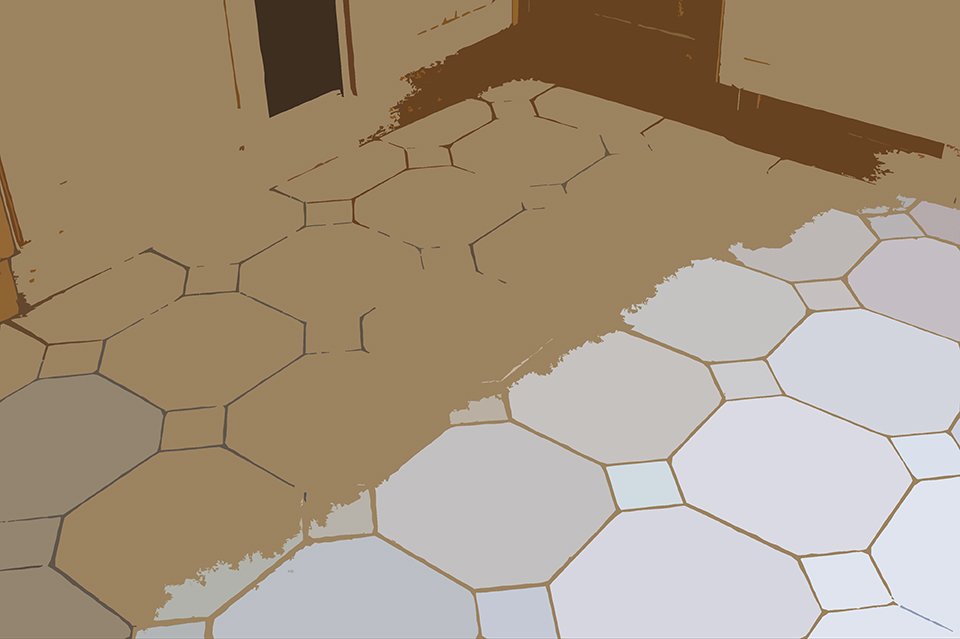Interiors & Surface Materials is one of the sector focus groups of Stone Federation Great Britain. Here it explores the need for movement joints in floors.
Movement joints are an anathema to a lot of designers, but somehow or another the thermal and stress movement of materials has to be accommodated.
Like all building materials, natural stone will be impacted by changes in environmental conditions (heat and traffic) which is why it’s important to provide stress relieving movement joints.
When designing a natural stone floor, ask yourself the following questions to help you deliver a durable scheme and avoid failures in the floor.
Q: Do I need movement joints?
Where the distance between restraining surfaces, including the perimeter walls, exceeds 2m, sufficient space must be left around the edges to accommodate movement.
Intermediate movement joints are required where the distance exceeds 10m. With underfloor heating, the natural stone flooring should be divided into bays of up to 40m2 with a maximum bay length of 8m.
Q: Will the floor be subject to light or heavy loading?
The type of movement joint required is determined by the nature of the ‘traffic load’ the floor with be exposed to.
Light loading is defined as normal, low-density pedestrian traffic with lightweight, soft wheeled trolleys (eg domestic and office locations).
Heavy loading is where there is high density pedestrian traffic and/or heavy loads, static or moving, dropped or dragged.
If a floor will be exposed to low loading only, or is in a low traffic and impact area, a sealant will provide a suitable movement joint. If the floor is in a higher traffic environment, a pre-formed movement joint, typically comprising metal side plates with a flexible synthetic rubber core, would be suitable.
Q: Is there underfloor heating?
If there is underfloor heating, the pipes or cables should be located to ensure that the system is contained within the pattern of the movement joints.
There should also be an assessment undertaken of the likely temperature range the floor will be exposed to.
Q: Have you taken drying shrinkage into account?
Stone floor surfaces, like all finishing materials, work in conjunction with their supporting substrates.
In the early period of a floor’s lifecycle movement occurs primarily from the shrinkage related to the drying of the slab and screed. The Concrete Society indicates that, as a rule of thumb, a typical 10m span floor slab will experience drying shrinkage of 3mm, irrespective of its design, depth, or the amount of reinforcement used.
Q: What colour sealant is best?
As with pointing and grouting, because many natural stones are absorbent, the sealant colour chosen should be similar to the stone colour to avoid discolouration of the stone.
For more information on movement joints and natural stone flooring in general, architects, interior designers and clients can purchase a copy of The Code for the Design and Installation of Natural Stone Flooring from Stone Federation. Email: enquiries@stonefed.org.uk.

